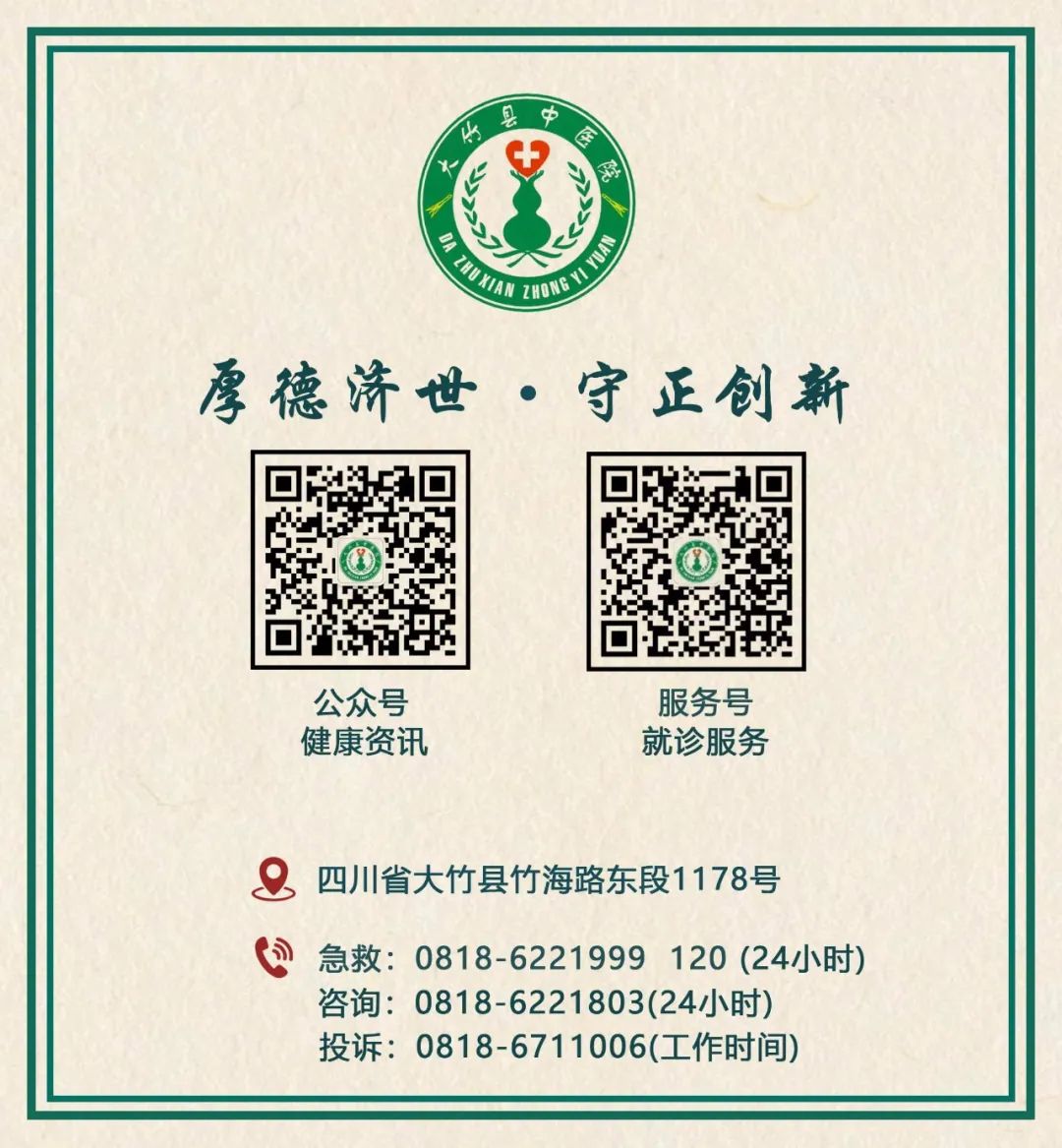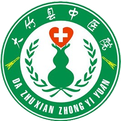


In daily life,
we often hear elders say that Gua Sha
is effective for discomforts like body aches and headaches.
They often resort to Gua Sha,
claiming it will help.
Is this really the case?
Is it effective to scrape until the skin turns red and covers a large area?
Now, let’s explore this together.
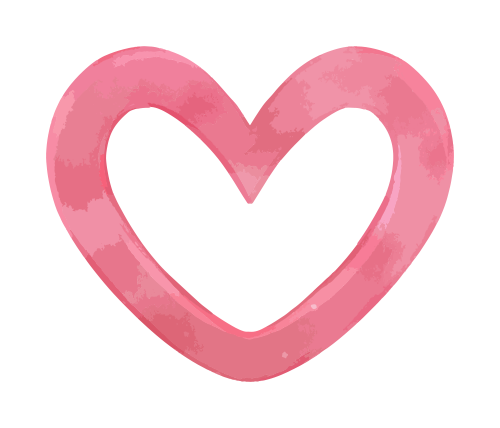
What is Gua Sha?
Gua Sha refers to a practice guided by the theories of TCM meridians and acupoints, using specialized Gua Sha tools and appropriate techniques. After applying a medium (water, vegetable oil, medicinal oil, etc.), the practitioner repeatedly scrapes and rubs the corresponding areas on the body, causing the skin to produce “Sha” to prevent and treat diseases.
The three main functions of Gua Sha are: invigorating blood circulation and removing stasis, relaxing muscles and opening meridians, regulating Qi and blood, balancing Yin and Yang, and alleviating pain.
Important Reminders
① Gua Sha requires specialized tools, such as buffalo horn or Bian stone, and cannot be performed with just any hard object like a coin or spoon.
② Gua Sha should be guided by TCM theory and performed with professional techniques.
TCM believes that the skin is closely connected to the meridians. Gua Sha stimulates the meridians on the body’s surface, promoting the flow of Qi and blood, invigorating circulation, and regulating the functions of the internal organs.

What is the “Sha” produced by Gua Sha?
According to TCM, during Gua Sha, pathogenic factors within the body overflow from the meridians and accumulate under the skin, resulting in “Sha” that appears as small granules, which can be scattered, dense, patchy, or fused, also known as “Sha toxin.”
Sha is the toxic blood that seeps from the vessels, and the process of producing Sha is a detoxification process.
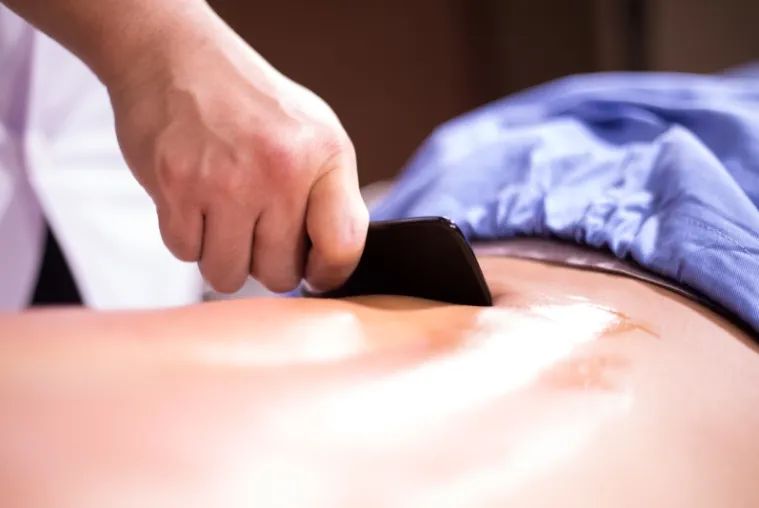
Modern medicine believes that when the metabolic processes of body tissues and organs are disrupted, metabolic waste accumulates, leading to microcirculation disorders. These pathological products cause cellular hypoxia and aging, and disrupt the permeability of capillaries.
When scraping in areas with microcirculation disorders, the downward pressure of the scraping tool can rupture capillaries, expelling pathogenic substances trapped in microcirculation along with red blood cells, resulting in subcutaneous bruising. In mild cases, small red or purplish spots appear, while in severe cases, larger dark blue or black bruises occur, which is referred to as “producing Sha.”
Producing Sha can lead to self-hemolysis a few days later, creating a new stimulus that not only adjusts immune function and enhances immunity but also helps regulate the balance of excitation and inhibition in the brain and the endocrine system.
Q
Is it better to produce more Sha during Gua Sha?
A
Definitely not.
The color and shape of the produced Sha vary depending on the individual’s constitution, the location of the lesions, the severity of the condition, and the duration of the illness. One should not blindly pursue more Sha.
Therefore, Gua Sha is not more effective with more Sha produced, nor is it better if it is more painful.

What precautions should be taken during Gua Sha?
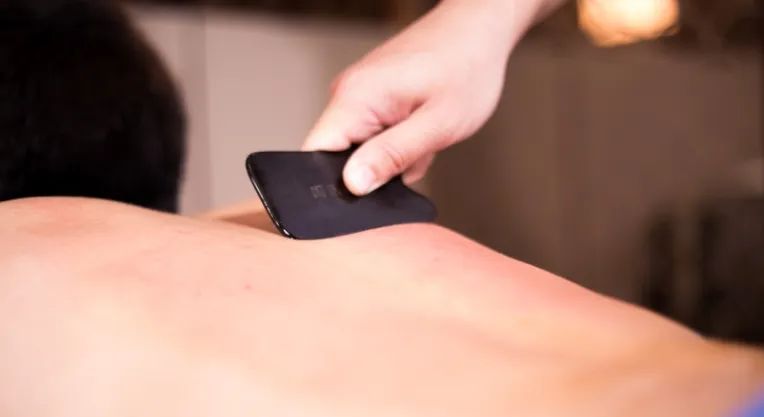
Professional Practitioner Required
Gua Sha requires a “gentle and harmonious” technique, achieving clinical effects through transdermal penetration. Incorrect techniques may harm the body.
Therefore, it is essential to go to a legitimate medical institution for diagnosis and treatment by a professional practitioner. If any discomfort occurs during Gua Sha, it should be reported to the practitioner immediately.
Groups Not Suitable for Gua Sha
① Patients with heart, liver, or kidney diseases who exhibit edema;
② Patients with bleeding disorders, such as thrombocytopenic purpura, leukemia, hemophilia, etc.;
③ Patients with infectious diseases, such as acute osteomyelitis, infectious skin diseases, etc.;
④ Patients in the acute phase of trauma, with skin swelling or skin injuries;
⑤ Individuals with mental illnesses or seizures who cannot cooperate with the practitioner;
⑥ Pregnant women and women during menstruation;
⑦ Individuals who are overly fatigued, excessively hungry, overly full, or intoxicated.
Post-Gua Sha Precautions
● Do not bathe within 4 hours after Gua Sha to avoid invasion of wind, cold, and dampness into the body.
● Drink warm water after Gua Sha to replenish fluids, promote metabolism, and aid detoxification.
● It is recommended to have a light diet after Gua Sha, avoiding cold, spicy, and stimulating foods, and abstaining from alcohol.
● Even healthy individuals should not undergo Gua Sha daily; wait until the marks from the previous session have disappeared before proceeding.
Doctor’s Recommendation
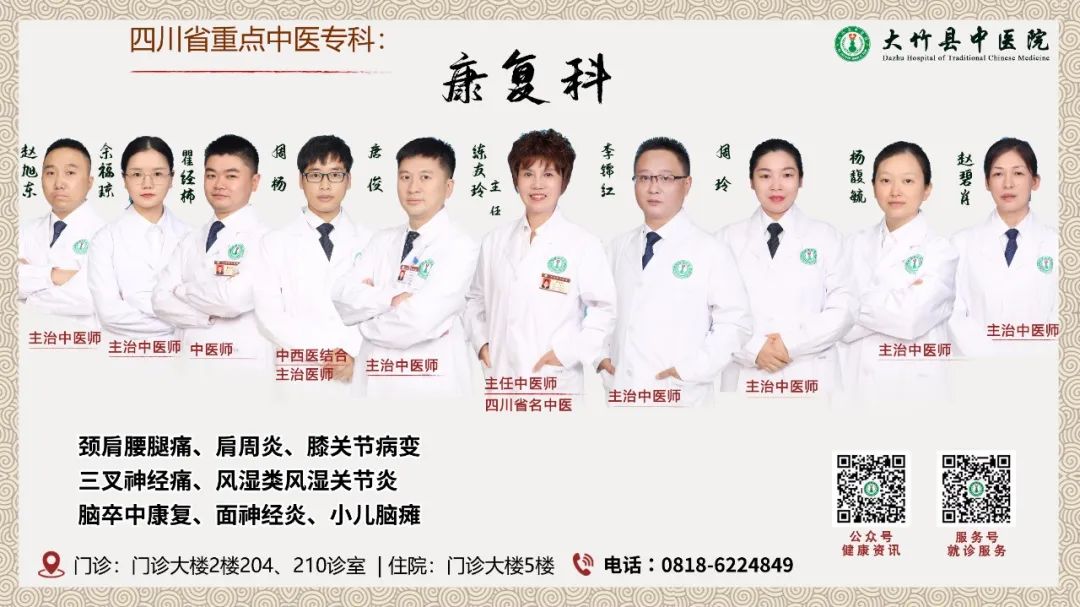
Disclaimer: Some materials and images in this article are sourced from the internet. If there is any infringement, please contact us for removal.
